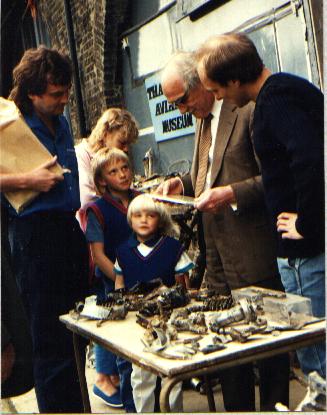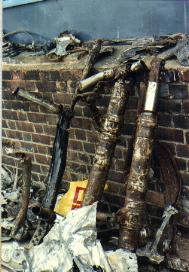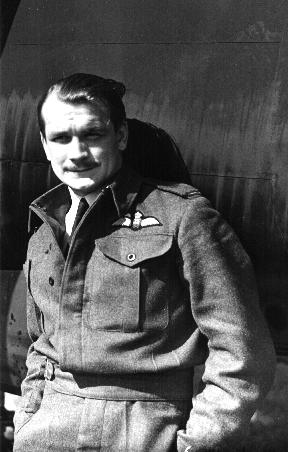ESSEX HISTORIC AIRCRAFT COLLECTION
Breaking News:
Hawker Hurricane P3966 is to be rebuilt to flying condition hopefully within 18 months
THE LAST OF THE FEW
On Monday August 26th 1940 16.00 hrs
Hawker Hurricane P3966
of
85 Squadron. Croydon, Surrey
Piloted by
Pilot officer J.A. (Paddy) Hemingway. D.S.O.
age 21 years
Crashed at Fobbing Marshes, Essex
after combat during The Battle of Britain
Paddy Hemingway is the last remaining fighter pilot alive that took part in The Battle of Britain
Pilot Officer John .Almam Hemingway. known as Paddy. baled out of his Hawker Hurricane over the Thames Estuary After combat with Me 109 fighters. He landed safely near Pitsea Essex England his aircraft diving into Fobbing Creek Essex
Just eight days earlier at 17.45 hrs on the 18th August 1940, P/O Hemingway in Hurricane V7249, had been shot down by return fire from a Ju88 over the Thames Estuary. He baled out of the aircraft and was rescued by a light ship 12 miles East of Clacton, Essex.
In this combat Paddy lost one of his best pals, Flying Officer R.H.A. ( Dickie) Lee who was never seen again.
R.H. Lees story can be found by clicking >>HERE<<
In 1987 and 1992 excavations were attempted at the crash site with a few parts being found which included the undercarriage legs and various items but due to the conditions it was impossible to recover the rest due to the depth of the wreckage but the March 2019 excavation went to a depth of 32 feet nearly 11 metres,
P3966 is now under full restoration back to flight at Hawker Restorations in Suffolk England
info@aviationmuseum.co.uk

Slide title
Bullet hole from the combat in the tail spar
Button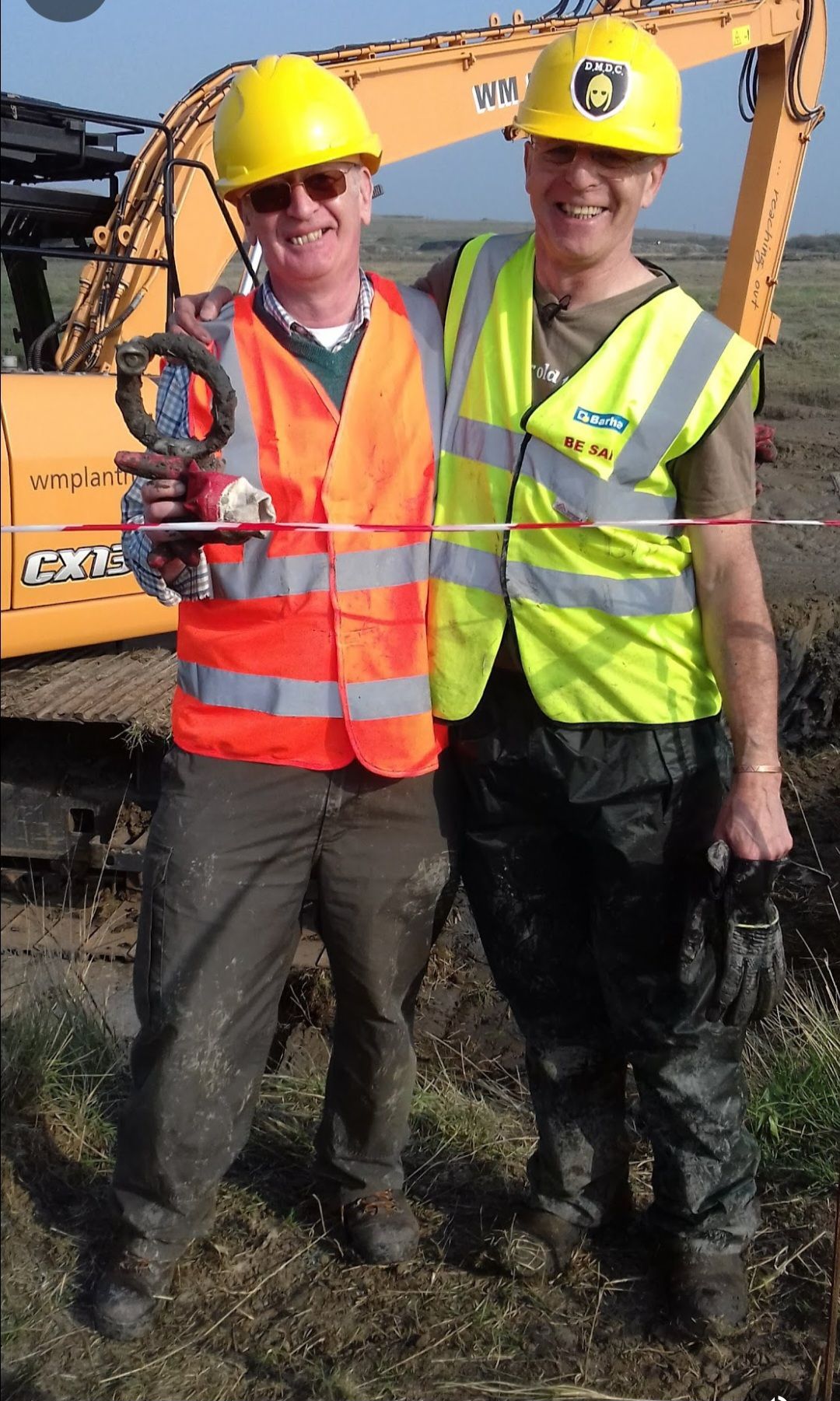
Slide title
Write your caption hereButton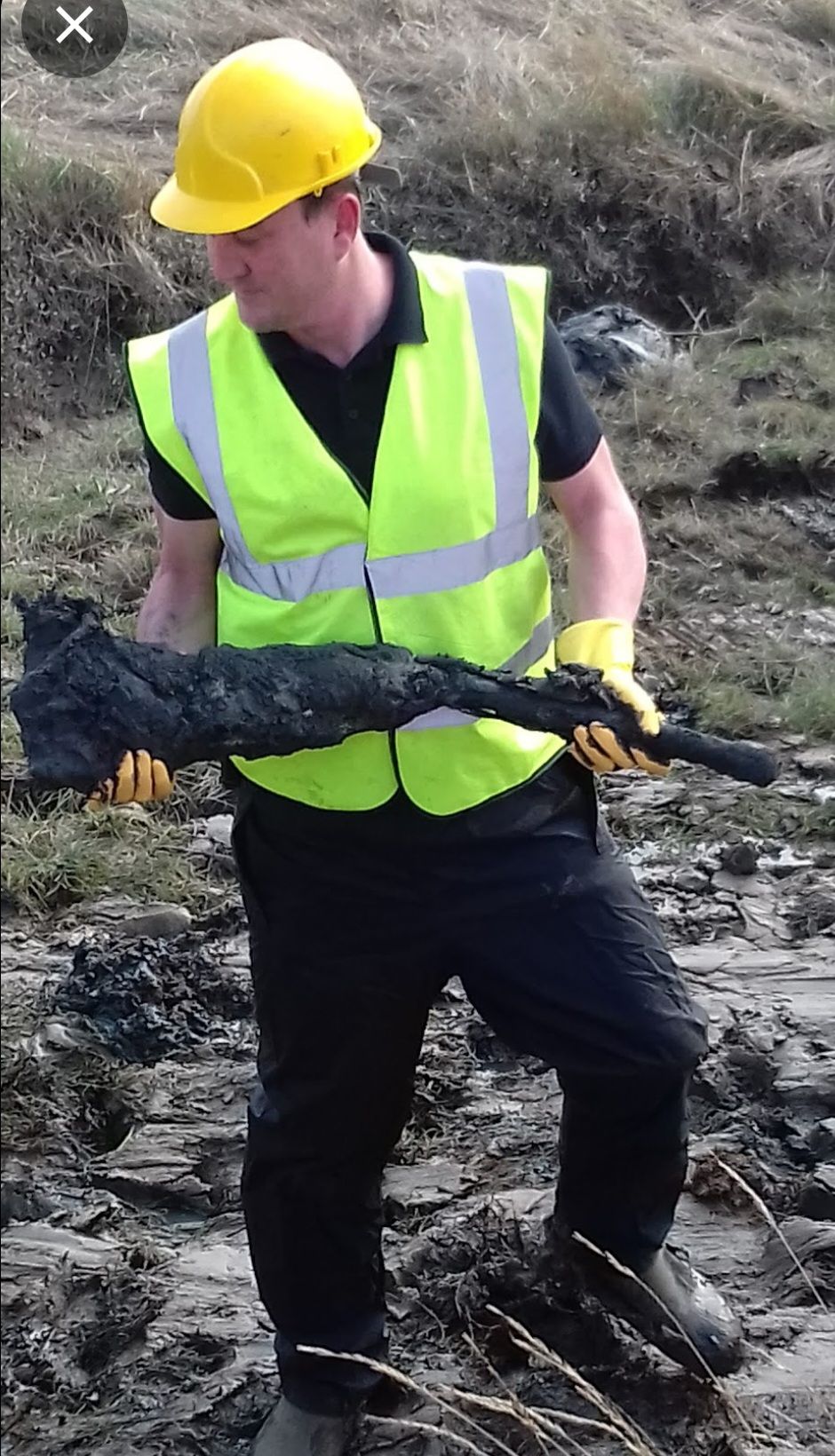
Slide title
Write your caption hereButton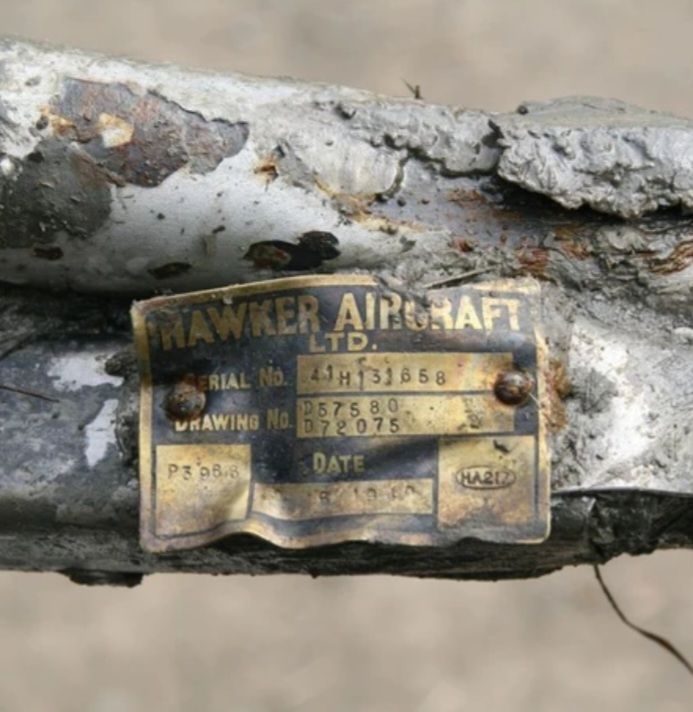
Slide title
Write your caption hereButton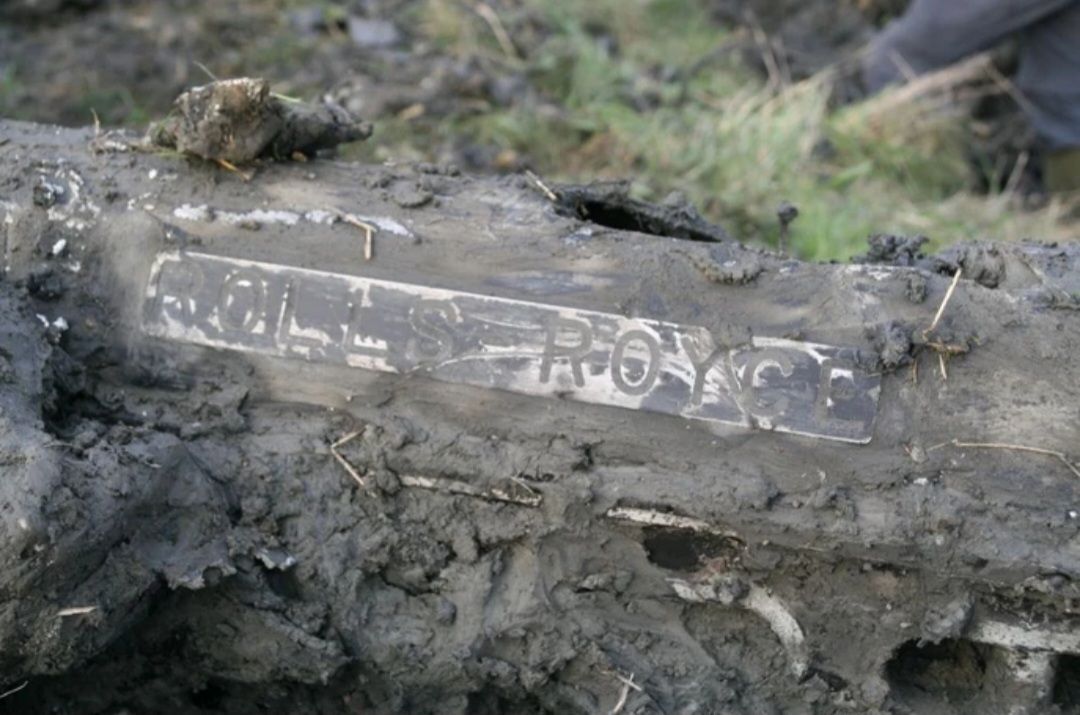
Slide title
Write your caption hereButton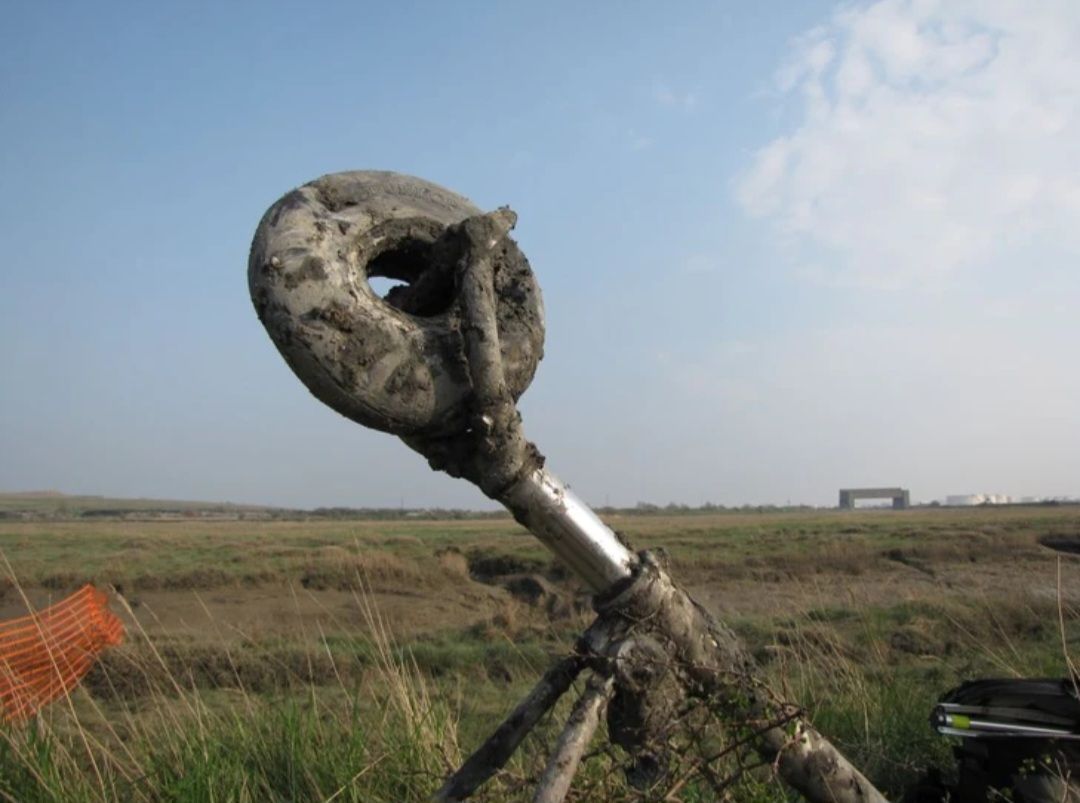
Slide title
Write your caption hereButton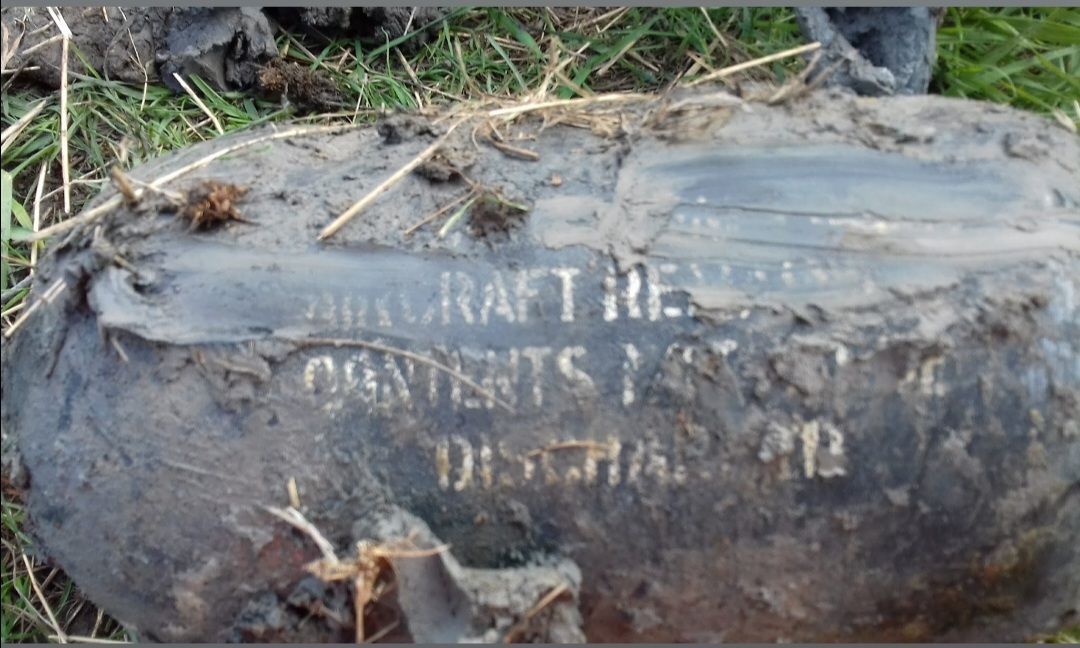
Slide title
Write your caption hereButton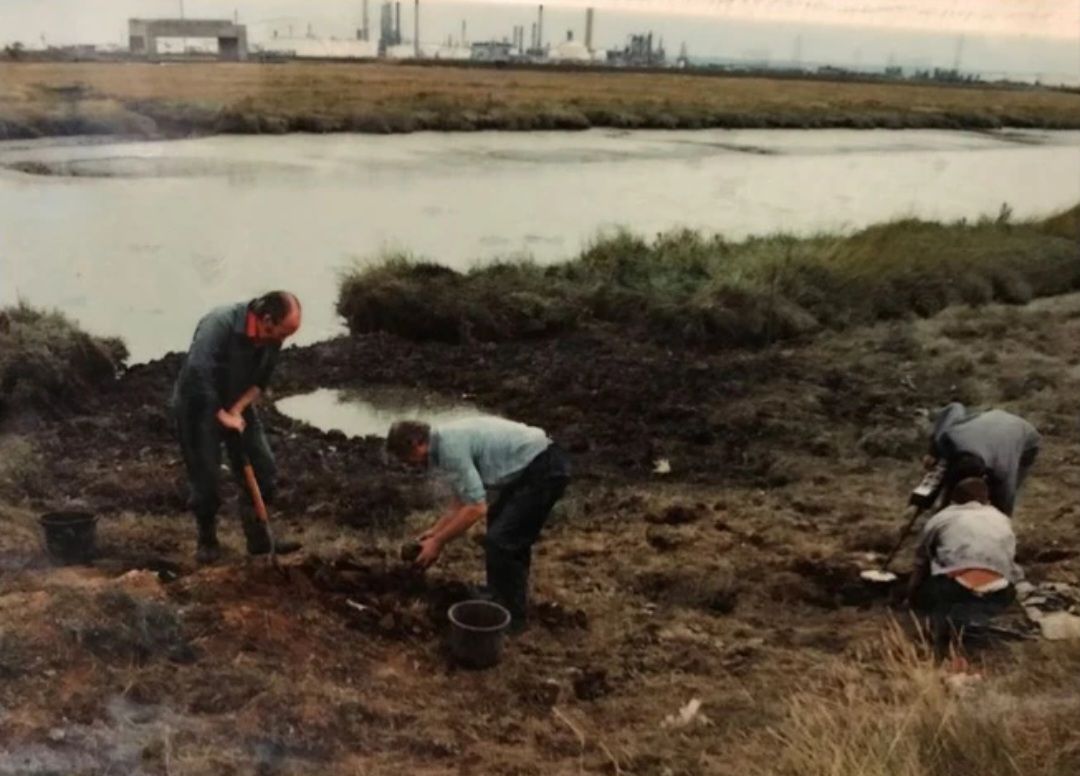
Slide title
Write your caption hereButtonSlide title
John Hemmingway
ButtonSlide title
John left with Howitt & Marshall along with Squadron Leader Peter Townsend kneeling the Squadron mascot Kim
Button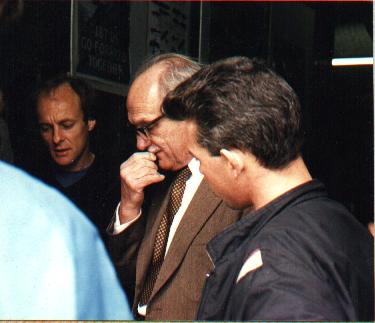
Slide title
John Hemingway in middle talking to Roger Pickett fduring Johns visit to see parts of his excavated Hurricane
Button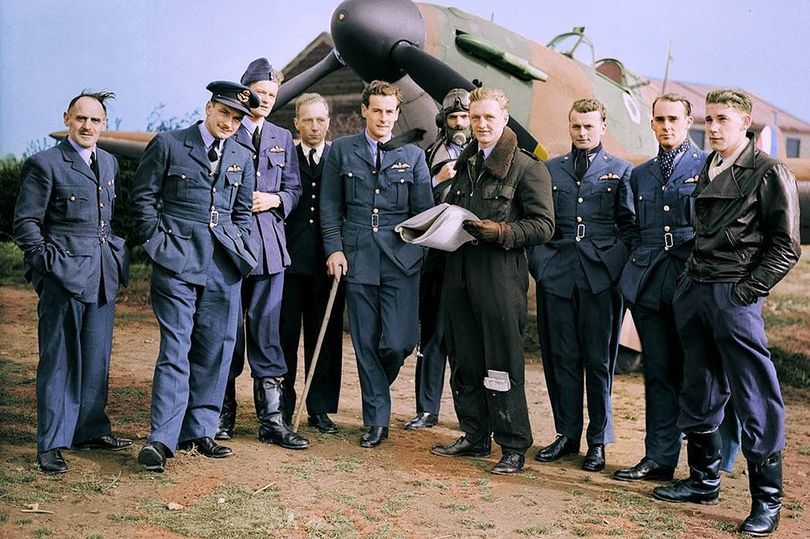
Slide title
Paddy on left with 85 sqaudron crews
Button
Slide title
A recent image of Paddy
ButtonSlide title
HJohn emingway looks at a part of his aircraft , with his son left and two grand sons with Roger Pickett to his right. c1989
ButtonSlide title
More wreckage parts for P3966 including the undercarriage legs
Button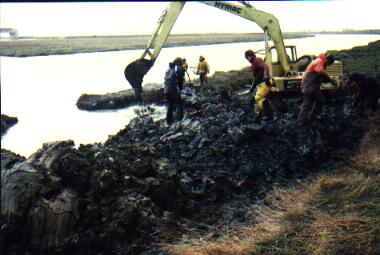
Slide title
A view of the first excavation in 1987, in March 2019 the rest of the aircraft was excavated going down to a depth of over 30 feet (10m)
ButtonSlide title
Paddy Hemingway, He ended his service in the R.A.F. as a Group Captain
Button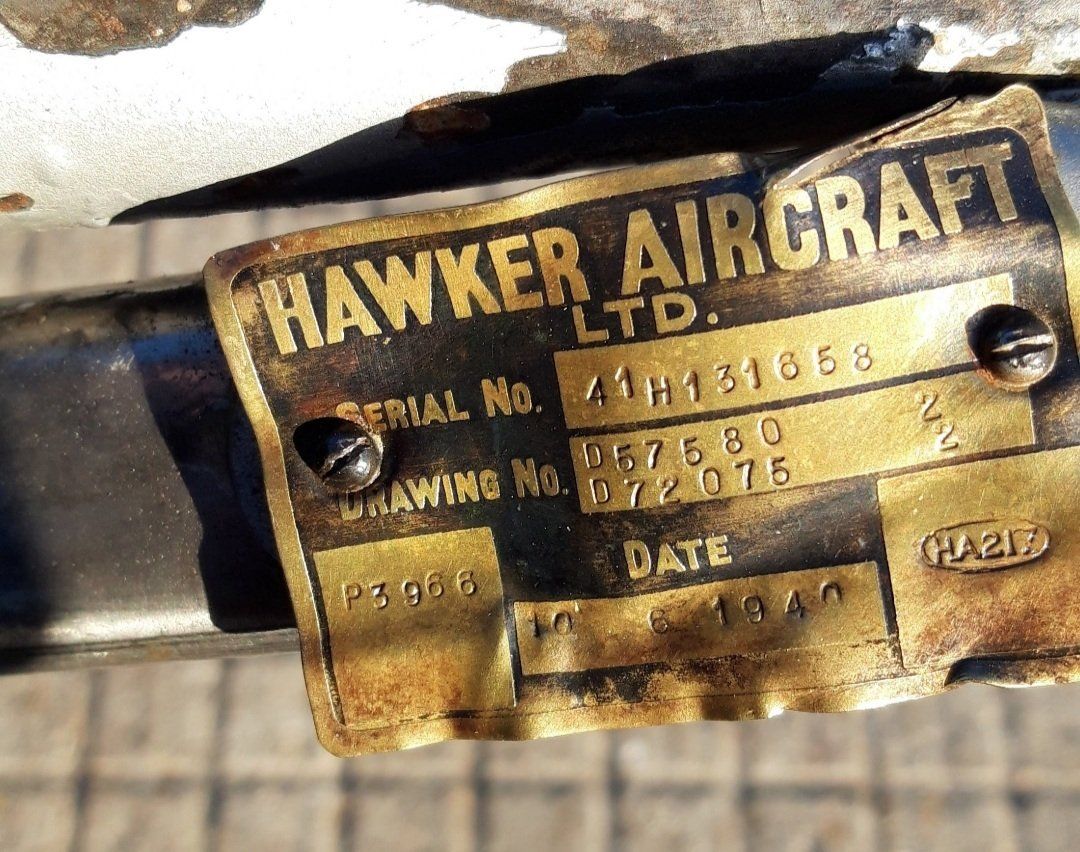
Slide title
P3966 Data plate
Button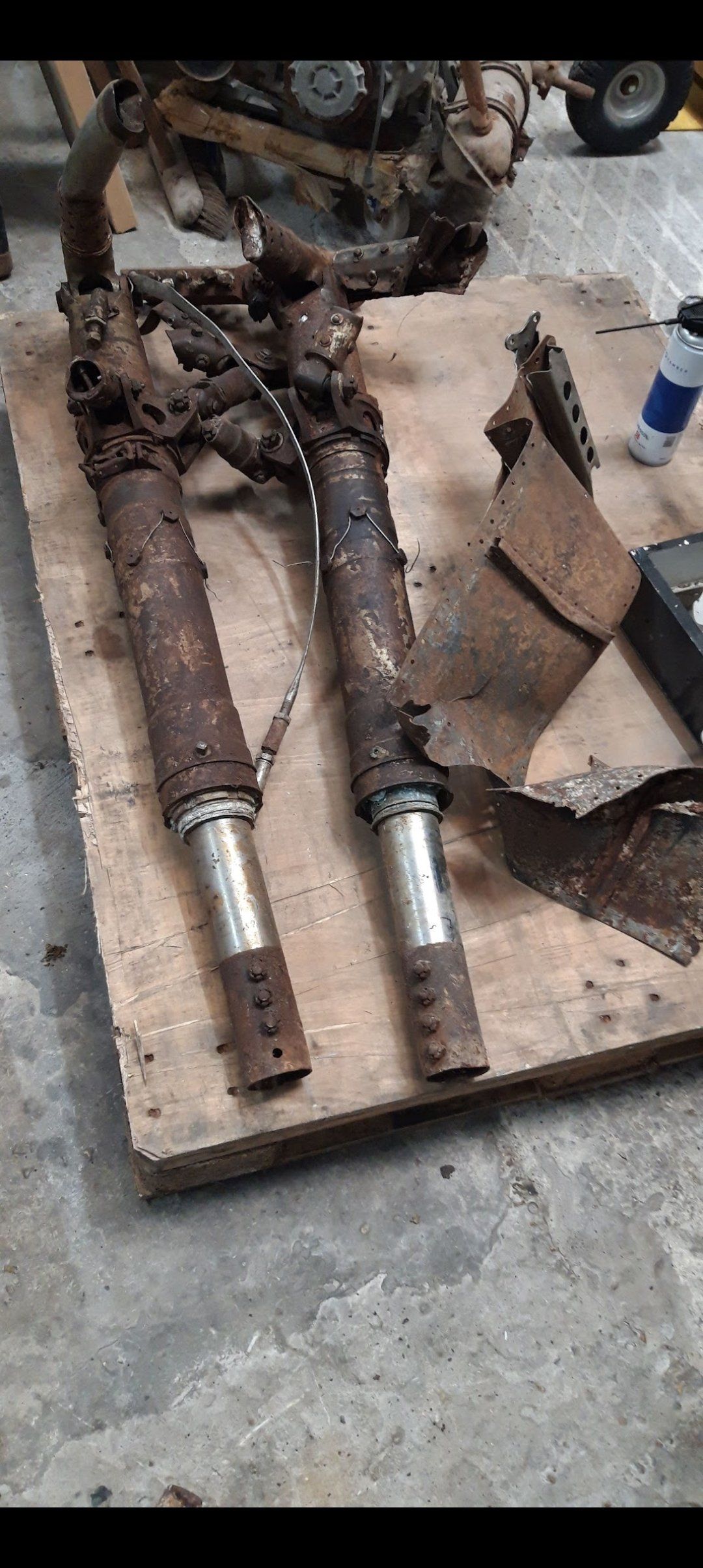
Slide title
P3966 undercarriage legs
Button
Slide title
Close up of the data plate stating the legend P3966
Button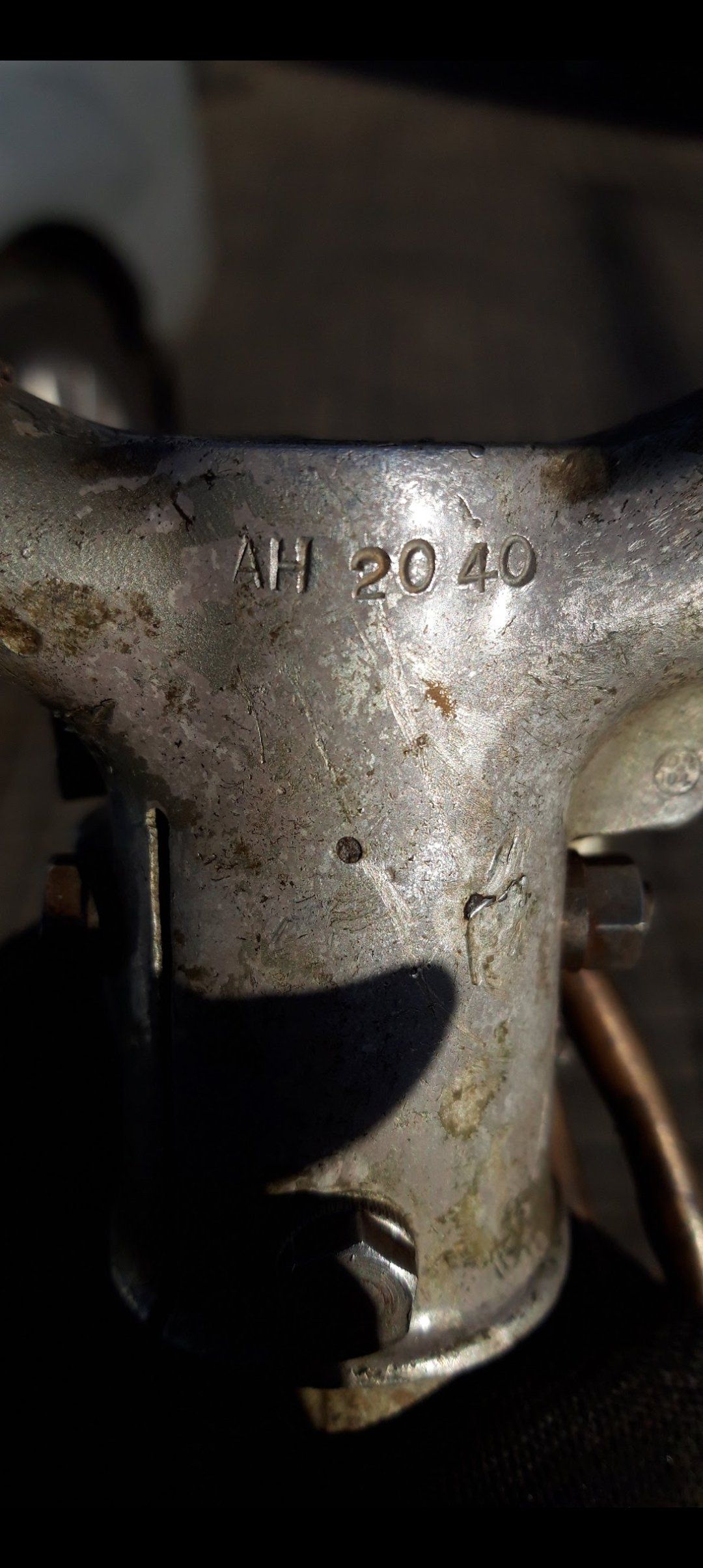
Slide title
Spade Grip AH Number
Button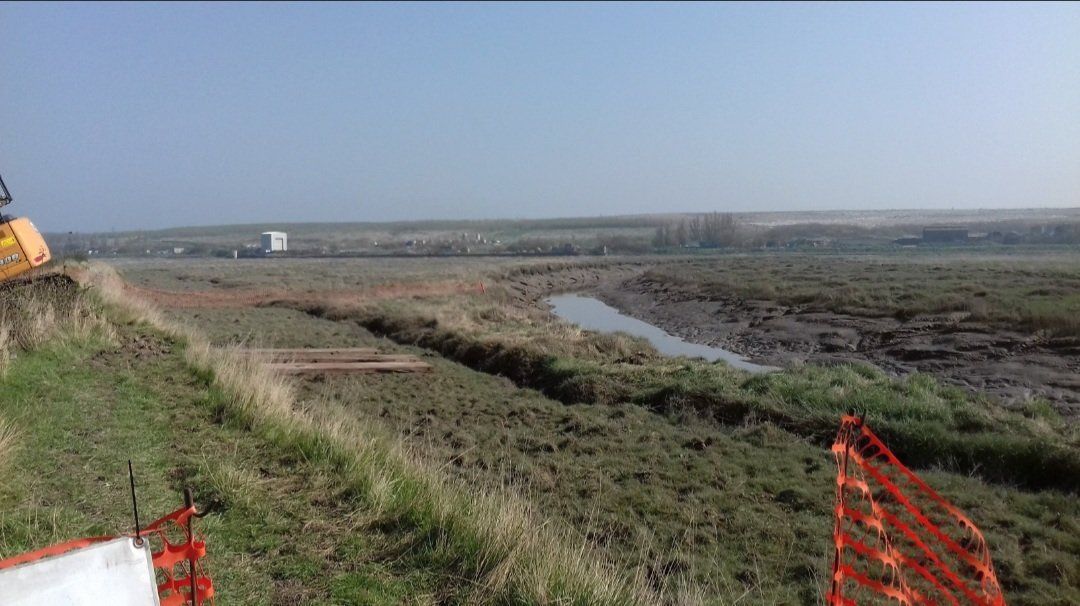
Slide title
Write your caption hereButton
Slide title
Historian Robin Hill and Spitfire builder Steve Vizard proudly showing the spade grip that had spent 79 year underground
Button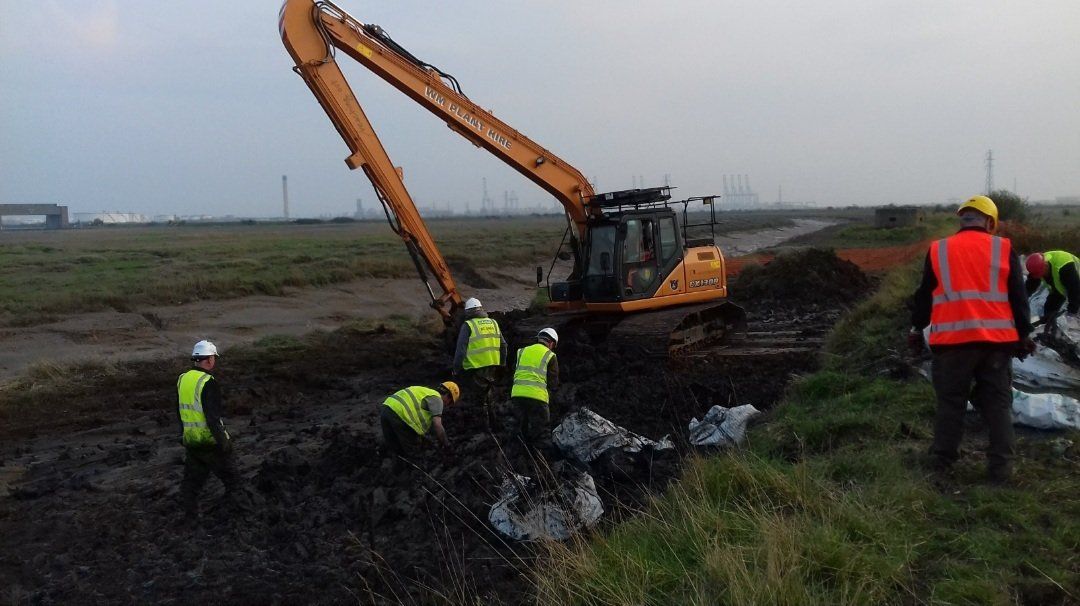
Slide title
Excavation in full swing 2019
Button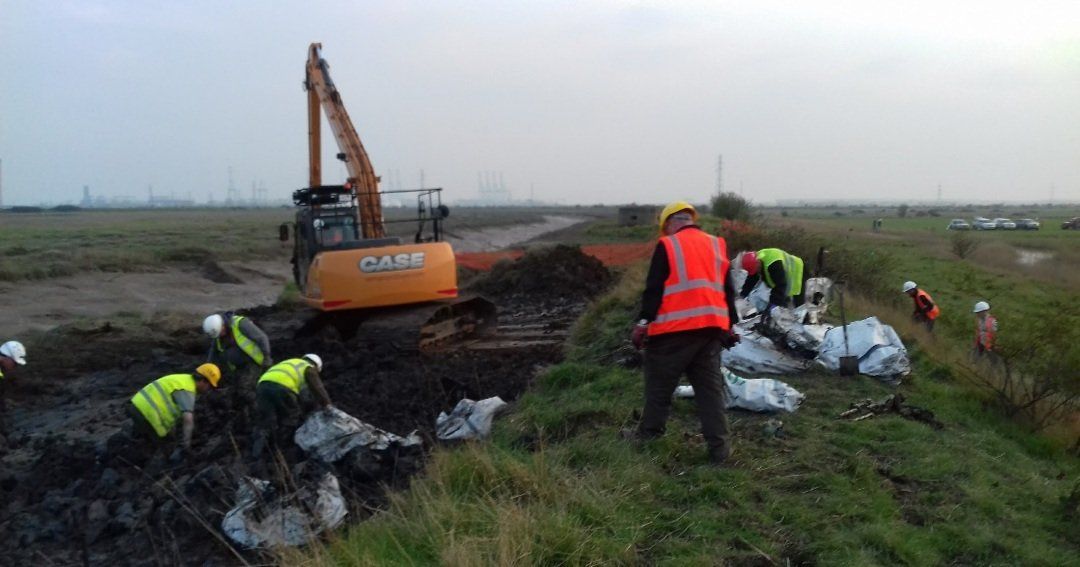
Slide title
2019 excavation
Button
The Combat
15.00 to 15.45 hours
26th August 1940:
By 14.45 hours the next raid had appeared on the plotting tables approaching from Dunkirk. Three formations were plotted of 60+, 20+ and 12+ making their way along the north Kent coast towards the Thames Estuary.
Four squadrons were scrambled:
65 Squadron – 11 Spitfires up from Rochford to intercept raid north of Manston.
615 Squadron – 12 Hurricanes up from Kenley to intercept raid north of Manston.
1 (RCAF) Squadron – 11 Hurricanes up from North Weald to patrol base.
85 Squadron – 12 Hurricanes up from Croydon to patrol base, then Maidstone.
The situation worsened quickly and just 15 minutes later, at 15.00 hrs, the plotting table showed two formations over Thanet, two more over the sea north of Thanet and a fifth over Hythe. Groups of Me109s from I/JG52 and I(J)/LG2 had swept across Kent before the main raids that were holding a steady course north-west, which would take them to Essex and, presumably, the airfields there. The bombers were from KG2 and had indeed been ordered to attack 11 Group airfields in Essex. Twelve Do17s of I/KG2 were to attack Hornchurch escorted by Me109s from II and III/JG3 with II and III/JG54. 21 Do17s of II/KG2 were heading for Debden with their Me110 escort from II and III/ZG26.
The 11 Group Controller requested assistance from 12 Group and six more squadrons were scrambled:
111 Squadron – 9 Hurricanes up from Martlesham Heath to patrol Chelmsford.
56 Squadron – 11 Hurricanes up from North Weald to patrol Colchester.
19 Squadron – 10 Spitfires up from Duxford to patrol Debden.
310 Squadron – 12 Hurricanes up from Duxford to patrol North Weald.
54 Squadron – 12 Spitfires up from Hornchurch to patrol Manston.
501 Squadron – 10 Hurricanes up from Gravesend to patrol Hawkinge.
As these squadrons scrambled, 615 Squadron engaged the enemy over Whitstable when its pilots took on the Me109s of I/JG52 and I(J)/LG2 sweep ahead of the bombers. 85 Squadron then attacked the formation of 15 Do17 and 30+ Me109s that had approached over Hythe as it passed north of the Isle of Sheppey over the Thames Estuary. Some bombers got through to Hornchurch. 65 Squadron went for the main, centre group, of 30+ Do17s and 30+ Me110s as it approached the Blackwater Estuary and succeeded in separating the Me110s from the bombers. 1 (RCAF) and 56 Squadrons tried to defend North Weald and lastly 111 Squadron tried to prevent the northern most formation bombing Debden. 19 Squadron, who had been scrambled to patrol Debden, arrived too late and did not see combat. 310 Squadron was also sent to Debden and again arrived too late, but its pilots chased the raid as it retired.
Debden bombed 15.19 hrs. About 100 bombs fell on the airfield, the NAAFI and a variety of buildings were damaged, one hangar got a direct hit and another was damaged, but the operations were not affected. One Hurricane from 257 Squadron was burnt out. No bombs fell on Hornchurch airfield, but the town was hit.
P/O John 'Paddy' Hemingway's Report:
At 14.50 Squadron 85 was sent to patrol base Angels 15. From there it was vectored to the Maidstone area. Several minutes later 15 Do215 15,000 ft and 109s 20,000 approx. We turned to attack and three Do215s were separated from the main formation. After several attacks on these three Dorniers P/O Hemingway (Blue 2) broke away and climbed up to engage Me109s. While climbing P/O Hemingway was hit behind the cockpit and in the engine on the starboard side. The engine became red hot and thinking that the aircraft was on fire P/O Hemingway baled out, delaying his drop until he was in clouds before pulling rip cord. He landed in Pitsea Marshes at 15.30 and went to Pitsea Police Station, reporting to Intelligence Officers at Croydon and Hornchurch. He reported back to unit at 10.30 the same night.
85 Squadron's Intelligence Report:
Twelve Hurricanes took off Croydon 14.49 hours to patrol base, and were then vectored to the Maidstone area.
At 15.20 hours near Eastchurch, 15 Do215s were sighted flying in stepped up vic formation at 15,000 feet and escorted by approximately 30 Me109s which were flying at 5 – 10,000 feet higher.
The Squadron executed a head-on attack on the Dorniers. The engagement became general and three Do215s were definitely destroyed by the squadron as a whole, and are not claimed as victories by individual pilots, who nearly all contributed. These e/a were seen to crash in the following circumstances:
Do215 pancaked at Rochford –
Do215 crashed 1 mile approximately east of Eastchurch -
Do215 crashed in sea 10 – 15 miles east of Foulness –
Flying Officer Woods-Scawen attacked one Do215 giving it a burst of 2 seconds which hit e/a but without noticeable effect. He then attacked a Me109 while climbing, firing a 3 second burst into its belly. He saw bits fly off in all directions and e/a appeared to whipstall, but he was unable to see if it crashed as he had to dive away. In the circumstance this Bf 109 was probably destroyed.
Pilot Officer Hemingway took part in the general engagement with the Dorniers, and was then climbing to engage some Me109s when he was hit behind the cockpit and in the engine by cannon shell. As the engine became red hot and it was impossible to remain in a/c, P/O Hemingway baled out, and landed safely in Pitsea Marshes. He did not see where the Hurricane crashed.
10 Hurricanes landed Croydon between 15.50 and 16.33 hours.
Enemy casualties: 3 Do215s destroyed – 1 Me109 probable.
Our losses: 1 Hurricane destroyed
1 Hurricane unserviceable
All Pilots Fit


